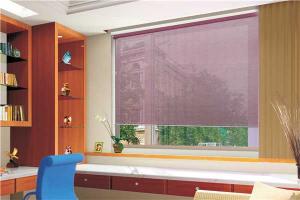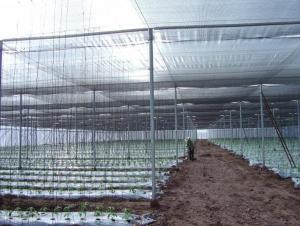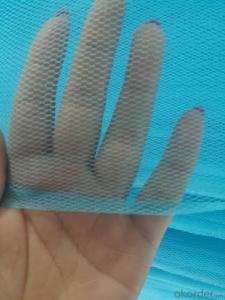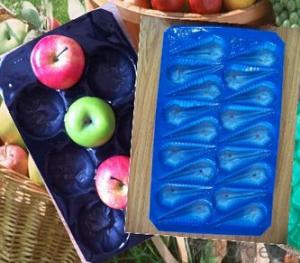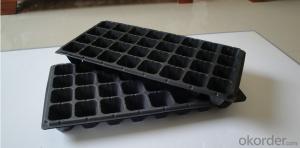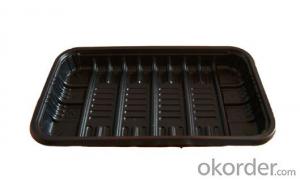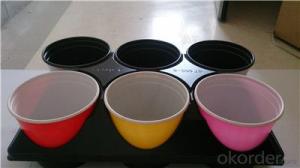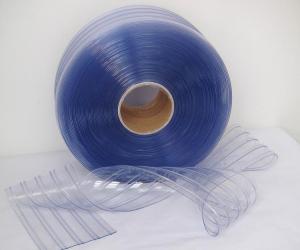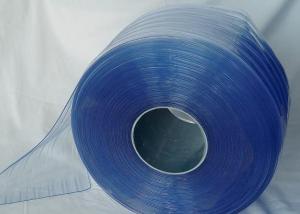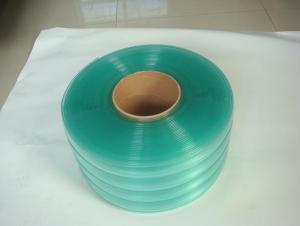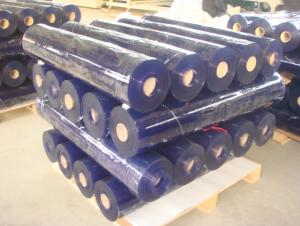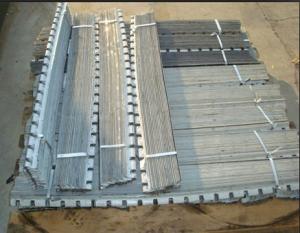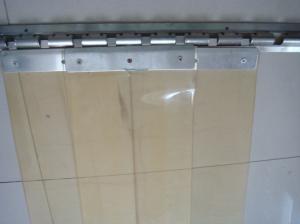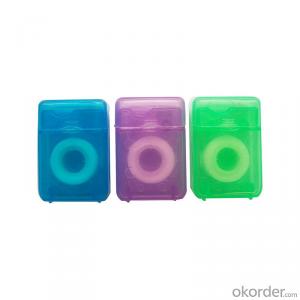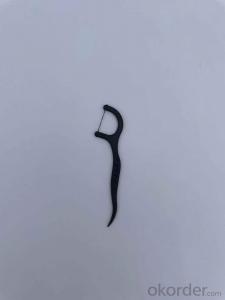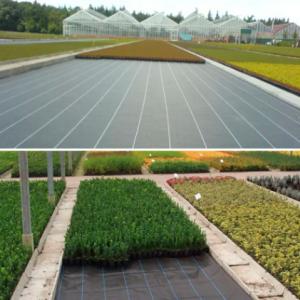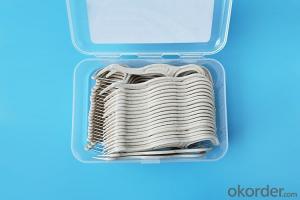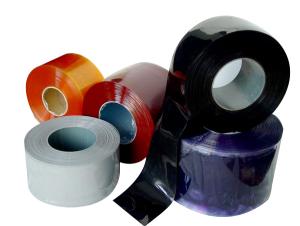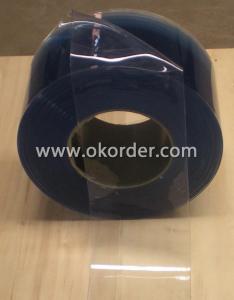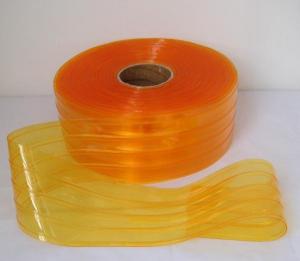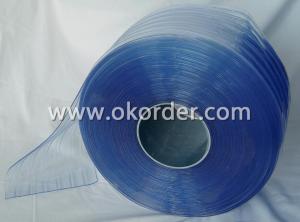Sunscreen Roller Blind Curtaion Used For Office
- Loading Port:
- Ningbo
- Payment Terms:
- TT or LC
- Min Order Qty:
- 1000 m
- Supply Capability:
- 500000 m/month
OKorder Service Pledge
Quality Product, Order Online Tracking, Timely Delivery
OKorder Financial Service
Credit Rating, Credit Services, Credit Purchasing
You Might Also Like
The curtain could be used in home and office for decorating or shading. The material of products in our company is eco- friendly and durable, and the UV-protection for this goods is strong. It's easy to install and disassemble to clean. And it looks quite beautiful and practical. The main materials for curtain are polyester and non-woven cloth, its track is aluminum and the snap is plastic.At the same time, Material, color and size can be customized as customer's demand.
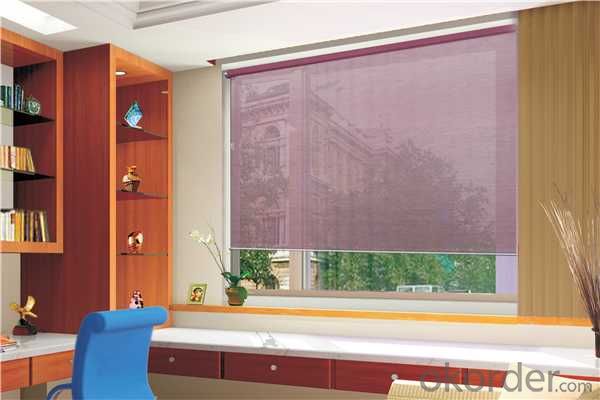
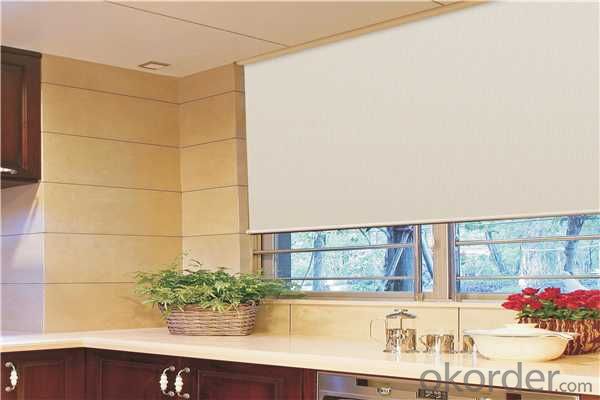

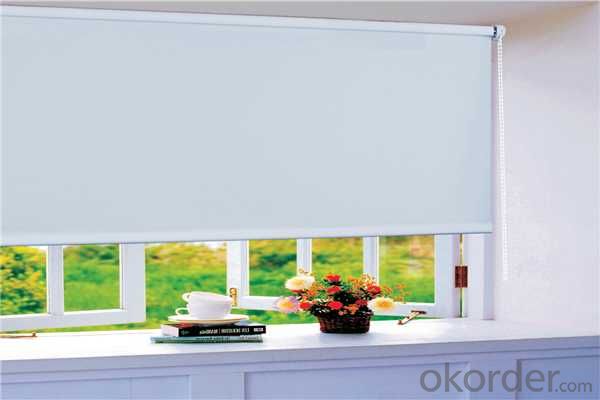
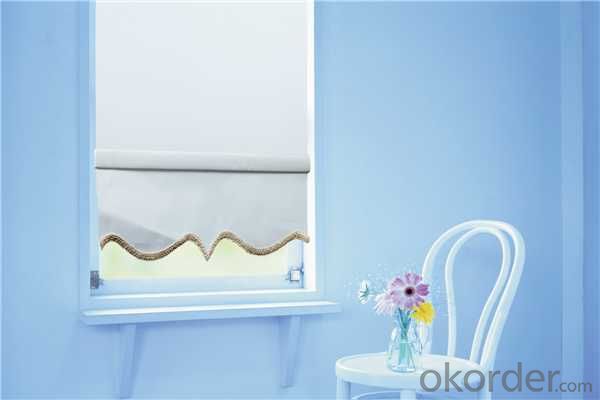
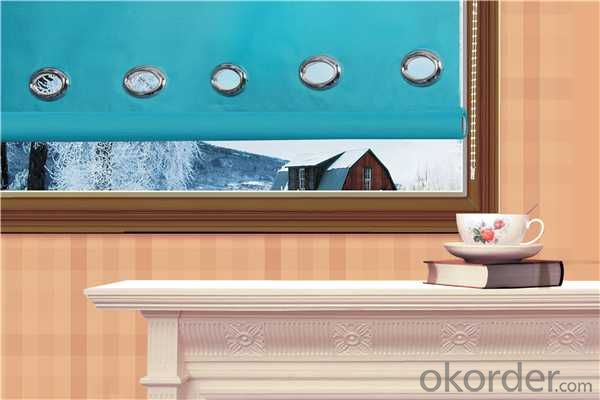
- Q:Can plastic parts in home appliances be affected by humidity or moisture?
- Yes, plastic parts in home appliances can be affected by humidity or moisture. Excessive moisture or high levels of humidity can lead to the degradation, warping, or discoloration of plastic components in appliances over time. Moisture absorption can also impact the electrical and mechanical properties of these parts, potentially affecting their functionality and lifespan. Therefore, it is important to take necessary precautions to protect plastic parts in home appliances from excessive humidity or moisture.
- Q:What are the main challenges in recycling plastic parts from home appliances?
- One of the main challenges in recycling plastic parts from home appliances is the presence of different types of plastics used in their manufacturing. These plastics may have different melting points and properties, making it difficult to effectively separate and recycle them. Additionally, the presence of other materials like metal or electronic components in home appliances further complicates the recycling process. Ensuring proper collection and segregation of these plastic parts is another challenge, as they are often disposed of with other household waste. Finally, the lack of awareness and infrastructure for recycling plastics from home appliances poses a challenge in effectively implementing recycling programs.
- Q:Can plastic parts in home appliances be affected by exposure to abrasive materials?
- Yes, plastic parts in home appliances can be affected by exposure to abrasive materials. The abrasive materials can scratch or wear down the plastic surfaces, leading to damage or reduced functionality of the appliance.
- Q:How can plastic parts in home appliances be repaired if they break?
- Plastic parts in home appliances can be repaired by using techniques such as adhesive bonding, welding, or 3D printing. Adhesive bonding involves using specialized plastic adhesives to join the broken parts together. Welding uses heat to melt the plastic and fuse it back together. Alternatively, 3D printing allows for the creation of replacement parts using plastic filaments, which can then be installed to replace the broken ones.
- Q:What are the environmental impacts of using plastic in home appliances?
- The environmental impacts of using plastic in home appliances include the depletion of fossil fuels during the production process, the generation of greenhouse gas emissions, and the creation of non-biodegradable waste that contributes to landfill pollution and oceanic plastic pollution. Additionally, the disposal of plastic appliances often involves incineration, releasing toxic pollutants into the air.
- Q:How can plastic parts in irons and steamers resist discoloration and staining from ironing fabrics?
- Plastic parts in irons and steamers can resist discoloration and staining from ironing fabrics due to the use of special materials and coatings. These materials are chosen for their resistance to heat, moisture, and chemicals commonly found in fabrics and detergents. Additionally, the plastic parts are often treated with protective coatings that make them less prone to absorbing dyes and stains. Regular cleaning and maintenance of the plastic parts also help in preventing discoloration and staining.
- Q:What are the main factors that determine the durability of plastic parts in home appliances?
- The main factors that determine the durability of plastic parts in home appliances include the quality and type of plastic used, the design and engineering of the part, the level of stress and load the part is subjected to, the operating conditions and environment, and the maintenance and care taken by the user.
- Q:Can home appliance plastics be easily cleaned and maintained?
- Yes, home appliance plastics can be easily cleaned and maintained. Most home appliances are made from plastics that are resistant to stains and easy to wipe clean. Regular cleaning with mild soap and water, or specific cleaning products recommended by the manufacturer, can help remove dirt, dust, and grime. Additionally, simple maintenance practices such as avoiding abrasive cleaners and keeping appliances away from heat sources can help prolong their lifespan and keep them looking new.
- Q:Can plastic parts in air conditioners handle the constant exposure to outdoor elements like rain and sunlight?
- Yes, plastic parts in air conditioners are designed to handle constant exposure to outdoor elements like rain and sunlight. They are typically made from durable and weather-resistant materials, such as high-density polyethylene or ABS plastic, which can withstand the effects of moisture, UV radiation, and temperature fluctuations. These materials are chosen specifically for their ability to resist degradation and maintain their structural integrity in outdoor environments.
- Q:What are the main considerations in choosing the thickness of plastic for home appliances?
- The main considerations in choosing the thickness of plastic for home appliances include durability, impact resistance, cost, and aesthetic appeal. The plastic thickness should be sufficient to ensure the appliance can withstand normal wear and tear without cracking or breaking. It should also be able to handle any potential impacts or weight placed on it. Balancing these requirements with cost considerations is crucial to ensure the affordability of the appliance. Additionally, the plastic thickness should contribute to the overall aesthetic appeal of the appliance, complementing its design and functionality.
1. Manufacturer Overview |
|
|---|---|
| Location | |
| Year Established | |
| Annual Output Value | |
| Main Markets | |
| Company Certifications | |
2. Manufacturer Certificates |
|
|---|---|
| a) Certification Name | |
| Range | |
| Reference | |
| Validity Period | |
3. Manufacturer Capability |
|
|---|---|
| a)Trade Capacity | |
| Nearest Port | |
| Export Percentage | |
| No.of Employees in Trade Department | |
| Language Spoken: | |
| b)Factory Information | |
| Factory Size: | |
| No. of Production Lines | |
| Contract Manufacturing | |
| Product Price Range | |
Send your message to us
Sunscreen Roller Blind Curtaion Used For Office
- Loading Port:
- Ningbo
- Payment Terms:
- TT or LC
- Min Order Qty:
- 1000 m
- Supply Capability:
- 500000 m/month
OKorder Service Pledge
Quality Product, Order Online Tracking, Timely Delivery
OKorder Financial Service
Credit Rating, Credit Services, Credit Purchasing
Similar products
New products
Hot products
